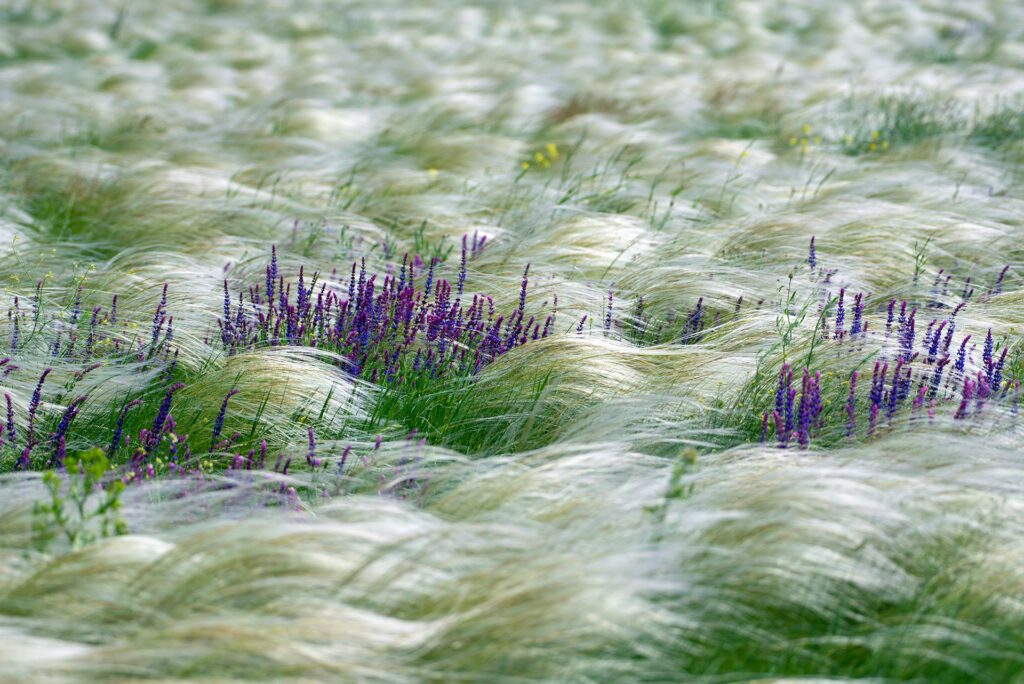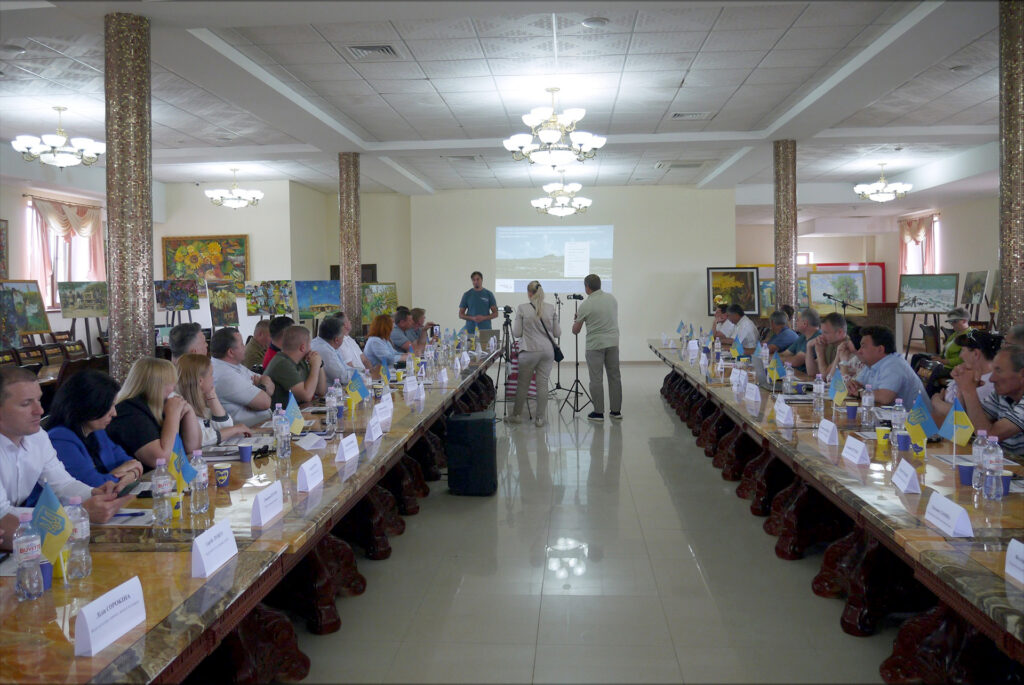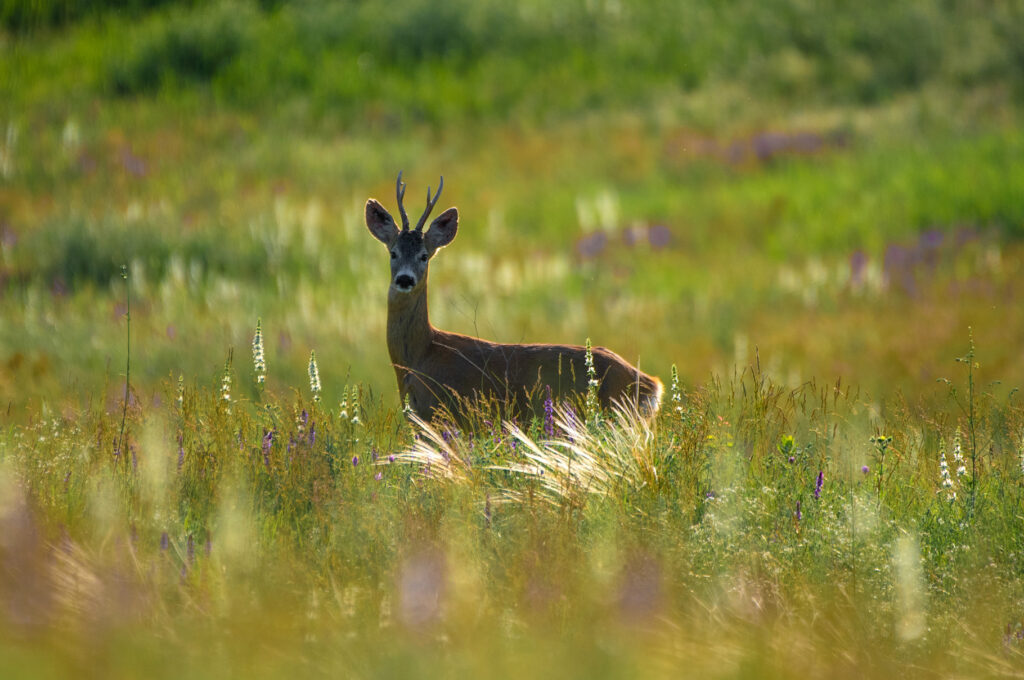On World Environment Day, a milestone event took place in Ukraine giving hope for the preservation and further ecological restoration of the Tarutino Steppe, the second largest steppe in Europe after the Askania-Nova Biosphere Reserve. It is a home to a significant number of steppe animals and plants, many of which are listed in the Red Book of Ukraine.

So, on 5 June, the heads of the Borodino Territorial Community and Bolhrad District of Odesa Region, representatives of the Ministry of Environmental Protection and Natural Resources of Ukraine, the Department of Ecology and Natural Resources of the EBA, scientific and public organisations gathered at a roundtable to identify further steps towards the creation of the Budzhak Steppes National Nature Park on the territory of the Borodino Community.
The Tarutino Steppe landscape reserve of local importance was established to preserve the unique steppe landscape and its biodiversity. Subsequently, its territory was included in the European Emerald Network, which protects natural areas of European importance. However, this did not prevent the plowing of several steppe areas within the reserve 8 years ago. Then, thanks to the efforts of the scientific and environmental community, these illegal actions were stopped. The joint efforts of the Rewilding Ukraine team and the Centre for Regional Studies, with the support of the regional authorities and the Borodino community, managed to restore 500 hectares of damaged steppe areas using the methodology proposed by scientists from the Askania Nova Biosphere Reserve.

Over the past few years, together with the local community and the Frumushyka-Nova Cluster, we have been working on a large-scale effort to bring back steppe animals that once lived in this area but disappeared due to the reduction of their natural habitats and other human activities. Currently, these are kulan, European fallow deer, steppe marmot, and hamster. For the first time in Europe, we have managed to implement an experiment of releasing kulan into the open steppe. It is extremely important that a group of kulan in the wild has recently given birth to offspring, which means that kulan can once again become a common inhabitant of this territory. The animals we are reintroducing to the steppe are the “engineers” of the landscape, they maintain the high diversity of the steppe’s vegetation and provide habitat for many species of insects, reptiles, birds, and other animals.

A few weeks ago, together with the Rewilding Ukraine team, Rewilding Europe‘s Executive Director Frans Schepers and Head of Landscapes Deli Saavedra visited the Tarutino Steppe. They were able to see first-hand the results of the important work to restore the Tarutino Steppe and reintroduce animals to the region, and emphasised Rewilding Europe’s interest in supporting rewilding efforts here in the coming years.
The Rewilding Ukraine team, together with the Centre for Regional Studies, is also directly involved in the process of creating the Budzhatski Steppes NNP. In particular, we have gathered an experienced team of scientists and experts to prepare the scientific justification for the creation of a national nature park. We are also engaging the support of various stakeholders and the public. Therefore, the round table on the establishment of the “Budzhatski Steppes” National Nature Park, held with our organizational and financial assistance, has indeed become another step towards the preservation of this unique steppe.
Let’s move together toward our common goal!